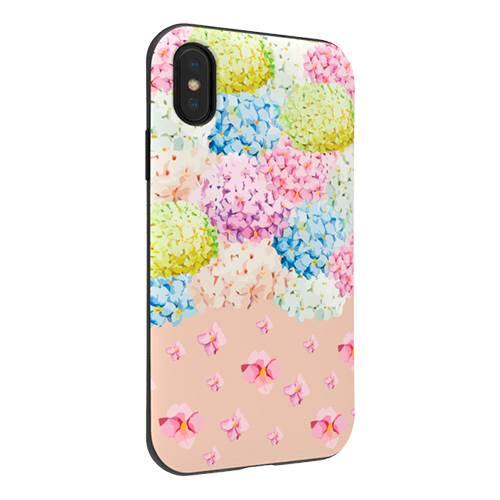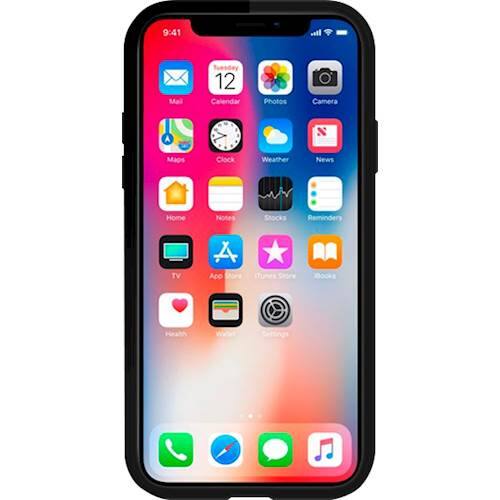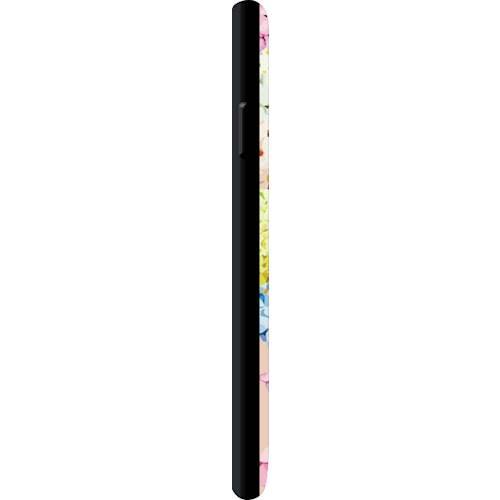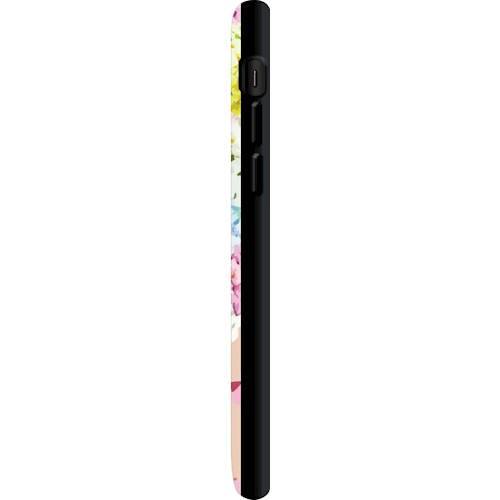
strongfit designers case for apple iphone x and xs
SKU: EN-M10055






strongfit designers case for apple iphone x and xs
I subjected the screens of multiple GS3 and iPhone 5 samples to a series of measurements using the same state-of-the-art gear and software I use to evaluate and calibrate TV screens. The phone screens are quite a bit smaller, but the process is very similar. While I found major differences between the two, and advantages and disadvantages to each, my tests indicated that in general the iPhone 5's screen is better than that of the Galaxy S3. I'll be more specific. The table below sums up the average measurements I took from three samples of each phone, with the brightness sliders set to half and then again to full. Luminance (light output) levels are in nits and color temperature in degrees Kelvin. Check out the Methodology section below for my reasoning, as well as the nuts and bolts behind the results.
.spinnerTable th:first-child{min-width:175px;}, Brightness, black level, and contrastThe Apple iPhone 5 is capable of nearly four times as much light output as the Samsung Galaxy S3, Viewed side strongfit designers case for apple iphone x and xs by side, it's obvious the iPhone's screen can get much brighter, and that difference is especially important in situations where a lot of ambient light is striking the screen, such as out of doors and in brighter indoor rooms with strong overhead lighting, The iPhone's brighter screen also makes it easier to read on than the screen of the Galaxy in bright lighting..
On the other hand, with both of their screens turned up all the way, the Galaxy can get nearly 50 times darker than the iPhone 5. In a completely dark room, like the one in which I measured the phones, a black (0 percent stimulus) test pattern filling the screen of the Galaxy S3 was barely visible; the same pattern on the iPhone was much brighter. The difference was less obvious, although still visible, under normal lighting. In its simplest form, contrast ratio is the difference between the brightest image a display can create and the darkest. According to my measurements in a completely dark room, the Galaxy S3 has a contrast ratio of more than 11,000:1, compared with the iPhone 5's ratio of about 1,100:1. That's roughly 10 times as much contrast.
Which phone looks better overall in terms of contrast depends on ambient lighting, what material you're looking at, and the brightness you have the screen set to (at half brightness, for example, the contrast ratio of the Galaxy S3 drops roughly in half, while the iPhone's remains about the same), Given the fact that phone screens are often viewed in variable lighting or strongfit designers case for apple iphone x and xs outdoors, the light output advantage of the iPhone is more important in my opinion than the contrast/black-level advantage of the Galaxy S3..
Color accuracyThe advantage of the iPhone in this area is much more clear-cut. Its color comes extremely close to the sRGB/Rec. 709 standard gamut, meaning that the colors it puts on the screen closely match the colors of most signals. The gamut of the Samsung, since it's a good deal larger than the standard gamut, causes colors to look more saturated than they should. Green, in particular, is much, well, greener than it should be. The iPhone produces much more realistic, natural color. The color temperatures of the two phones are more similar, within an average of 250 degrees Kelvin of one another, at full screen brightness. The iPhone is still better, however, especially in terms of RGB balance -- the Samsung is minus-red and plus-blue, and though the iPhone is too, it's not as bad.
- new cases for iphone xr cases - leather case
- frame n go iphone case
- iphone x screen protector problems
- iphone case design template
- otterbox symmetry series iphone x tough case - you ashed 4 it
- case for apple iphone 6, 6s, 7 and 8 - pink/transparent
- katamari damacy iphone case
- akira - neo tokyo is about to explode iphone case
- ballet shoes young pauline
- ballet slippers hard sole
- ballet shoes coin purse, card holder, earbud storage, small change purse, lunch money purse, zippered coin purse,
- More...